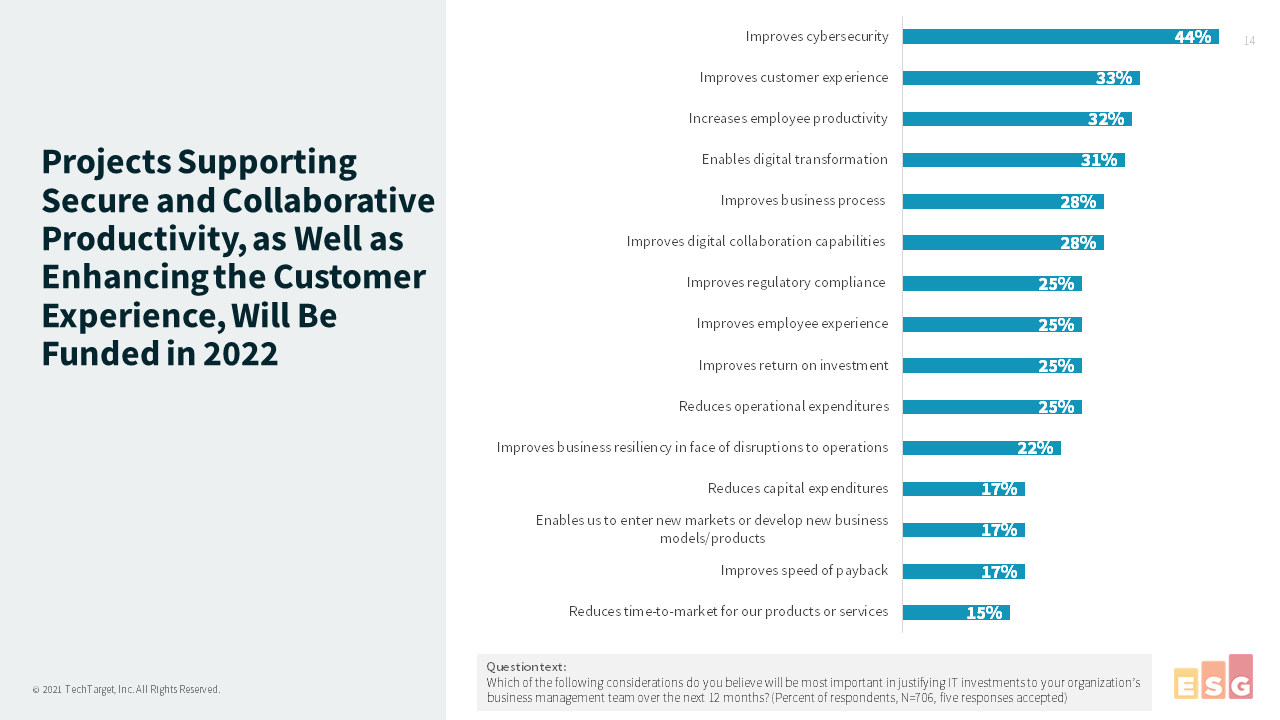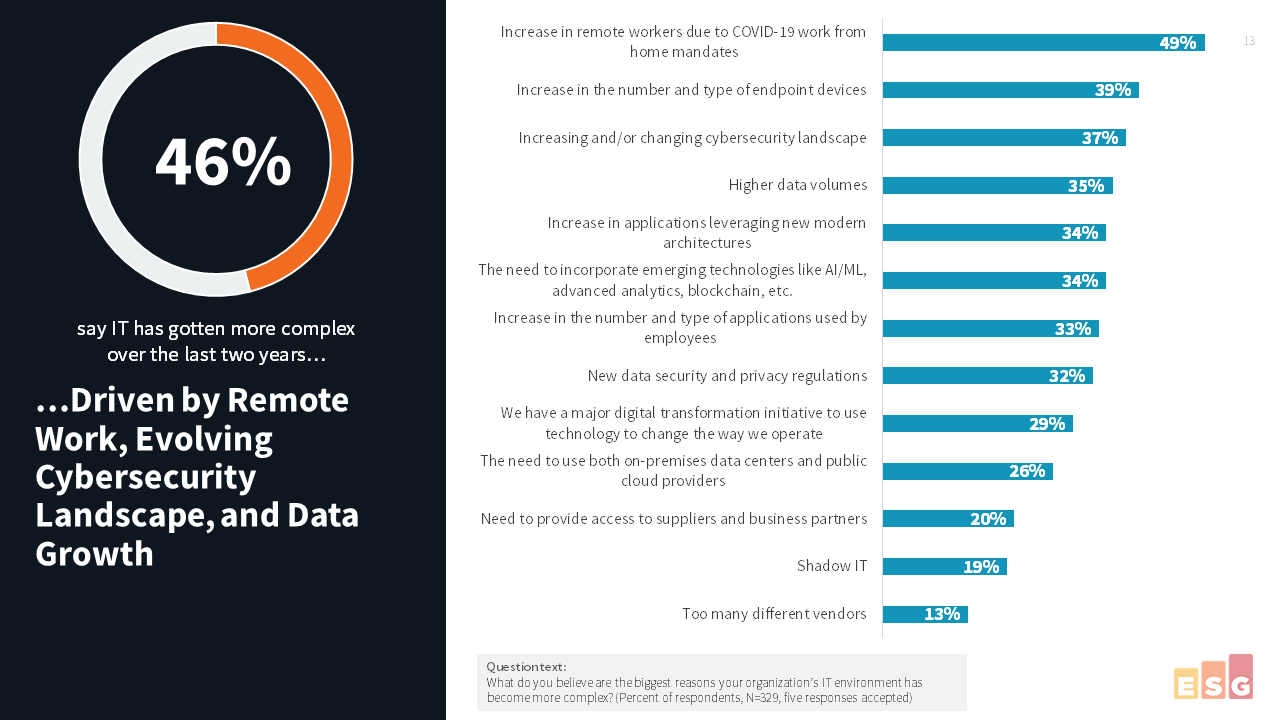Employee experience and work-life balance have become top priorities for organizations of all sizes and types. We are in a time that is being characterized as the Great Resignation, in which employees, dissatisfied with working conditions, are leaving their jobs in record numbers. In this environment, employees who rely on the performance of their workstations represent a particular point of vulnerability.
These workers, whether they are researchers, scientists, engineers, architects, video editors, animators, 3D graphics artists, special effects designers, or software developers, have specialized skills that make them extremely valuable to their organizations. Losing them can have a significant impact on the success, quality, and timeliness of projects within their domain.
These specialized knowledge workers, perhaps more than any others, are dependent on the performance of their technology—commercial workstations in particular—for quality of work and the time spent completing tasks in the office.
ESG research shows that employee experience, employee productivity, digital collaboration, improved business processes, and return on investment (ROI) are among the top considerations that organizations feel are most important in justifying IT investments to their business management teams in 2022, along with cybersecurity and improved customer experiences (see Figure 1).
The pandemic, in particular, has had a dramatic impact on employee attitudes about work and about achieving a healthier work-life balance. To keep employees engaged and satisfied, organizations are under greater pressure to provide them with the tools they need to be productive and successful, without adding to their stress.
Figure 1: The growing focus on employee experience, productivity, and ROI
At the same time, work has become more complex, data intensive, and data driven as organizations continue to embrace digital transformation and other new initiatives. ESG research shows that higher data volumes, the increase in applications leveraging new modern architectures, and the need to incorporate emerging technologies are critical factors that organizations believe have made IT more complex in the past two years.
Figure 2: Higher data volumes and emerging technologies are driving IT complexity
The impact of larger and more complex data sets is particularly impactful to the highly specialized workers who rely on advanced commercial workstations to create and collaborate. These workers are under enormous pressure to not merely be creative and productive but deliver results quickly, under stressful deadlines, and with uncompromising expectations for doing high-quality work.
The Heightened Focus on Workplace Experience
The stresses created by this intense, data-driven work environment have made it particularly challenging to achieve a satisfying work-life balance for many workstation users. Adding to their stress is the reality that workstations are expensive investments and there is constant pressure to maximize their output and thus their ROI. This leads to workers putting in many hours of overtime; spending more hours in the office and less time with their families; and being more susceptible to burnout, sleep deprivation, and lower morale. At a time when work-life balance is gaining more attention, this is not an acceptable situation for employees, families, or organizations.
By focusing on delivering a seamless workstation experience, organizations can help these critical employees work more efficiently. Visual effects editors, for example, can render more frames in less time. This allows them to do better work in improving a scene. They can see their output more quickly and make refinements with more rapid visual feedback. So they not only get greater satisfaction in doing a better job; they get time back through enhanced multitasking and accelerated artistic collaboration to spend as they choose. It’s a win-win for the employees and the organization.
Taking the Next Step
For many IT decision-makers, this is a critical time in evaluating the commercial workstations within their organizations and moving forward with an upgrade. It is important for your workers, your business, and your organization’s ability to remain relevant and competitive in the labor market and in addressing the needs of employees, customers, and prospects.
The first and most important place to start the evaluation process is at the microprocessor level. Workstation processor designs, with AMD leading the way, have evolved with more powerful, faster, more secure, and simpler to manage solutions designed specifically for today’s challenging work and business environment.
For more information on how your organization can benefit from AMD-powered advanced commercial workstations, please review the related article on this site, “What to Look for in a Modern High-Performance Commercial Workstation,” and visit AMD.

